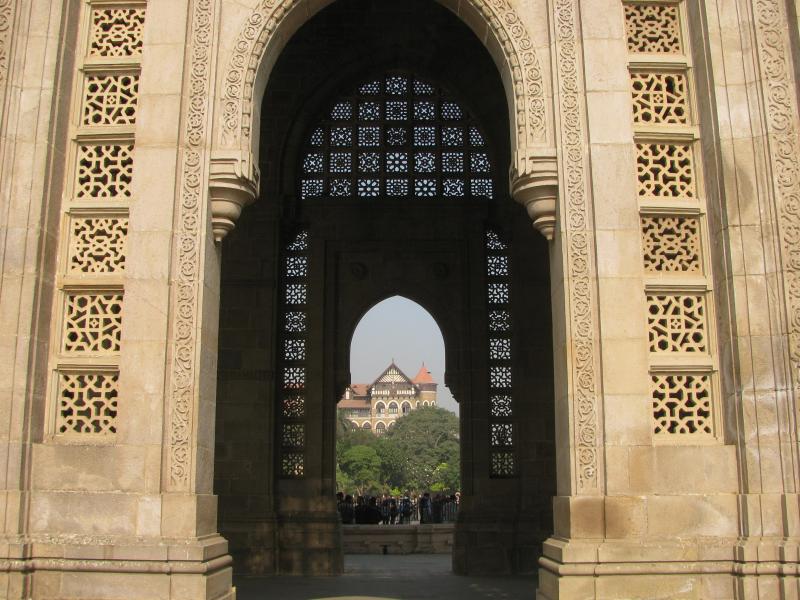The WTO (World Trade Organization) managed to restore its reputation during the 9th ministerial conference in Bali late last year. The 159-member organization reached its first ever global trade deal in December.
“For the first time in our history, the WTO has truly delivered,” said WTO chief Roberto Azevedo. According to the Peterson Institute of International Economics in the US, this agreement will add US$960 billion (NZ$1160 billion) into the global economy and create 21 million jobs, mostly in developing nations.
While the WTO pushes trade liberalization around the world, individual countries are also working hard to improve trade with other countries. New Zealand has a lucrative plan to take future major economies on board. While China is already on board, this country is eyeing-up India and Russia out of the BRIC (Brazil, Russia, India and China) countries, which are expected to increasingly make up a larger portion of world’s economy.
Trade Agreements
A trade agreement (TA) is a contractual agreement between two or more countries under which they give each other preferential market access; it’s usually referred to as free trade. Today, more than 350 TAs are in force worldwide.
New Zealand currently has eight TAs – the first, with Australia, came into force in 1983, and the latest, with Hong Kong-China, came into force in 2011. We also have agreements in place with Singapore, Thailand, Trans-Pacific, China, ASEAN and Malaysia.
New Zealand is also seeking trade deals with the Gulf Cooperation Council (GCC), South Korea, India and the Russian custom union. In Forbes’ Best Countries for Business 2013, New Zealand claimed the number two ranking. Although our US$170billion (NZ$205billion) economy is relatively small, the business focused environment here helps facilitate deals with the world’s major economies.
Importance for exporters
TAs help New Zealand firms increase revenue, remain internationally competitive and overcome barriers when entering global markets, while cheaper imports are useful for manufacturers, for example, to gain raw materials to produce goods.
New Zealand is more interested in signing comprehensive TAs covering services and investments, in addition to trade that guarantees better foreign market access to local firms. Although we are remotely located and have a small economy, international trade makes up nearly two thirds of New Zealand’s economic activity. New Zealand maintains an open economy and liberal economy which ensures higher benefits whenever the country signs agreements with less liberal nations.
Reality of TAs
New Zealand’s top ten trading partners in 2013 came from five countries that have TAs with us – as well as South Korea. The New Zealand-China Free Trade Agreement, the first TA signed by a developed country with China, is now helping to produce a tremendous increase in trade between the two countries. China recently became New Zealand’s top trading partner.
Another key objective of TAs is increasing bilateral investments. Not surprisingly, our top ten investors by March, 2013 included existing contractual trade partners Australia, Singapore and Hong Kong. China stands in 11th position. The top ten Asia-Pacific investment partners include Australia, Japan, Singapore, Hong Kong, China, Taiwan, Malaysia, South Korea, Indonesia and India. New Zealand has TAs, or is negotiating TAs, with eight of them. The preferential treatment provided by a TA generates considerable trade and investment flow between the two partner countries.
Future TAs
Key exports such as diary, meat, wood, wool and fruits mostly dominate New Zealand’s exports to the countries it is in trade negotiations with. Bahrain, Kuwait, Oman, Qatar, Saudi Arabia and United Arab Emirates formed the GCC in 1981. Mineral fuels, fertilizers and plastic related products are the key imports from those Council nations. Although trade between New Zealand and the GCC stood at over NZ$4800 million in 2012, there are no considerable investments. However a TA in this region may open the doors for New Zealand to grab investments from oil rich nations and significant Middle Eastern economies.
The GCC Free Trade Agreement was successfully concluded on 31 October 2013, but is yet to come into force.
South Korea is another important economy in Asia in terms of both trade and investment. It is the world's 15th largest economy and a key regional player. New Zealand-South Korea trade in 2012 exceeded NZ$3300 million. By March 2013 total bilateral investment was NZ$800 million. Mineral fuels, vehicles, nuclear and electronic machinery tops the imports from South Korea to New Zealand. Although good progress has been made in negotiations, tariff elimination on agricultural products still remains a challenge. Liberalization of agricultural product imports to South Korea is important as they make up a large portion of New Zealand’s key exports. However, an independent joint study completed in 2007 stated the two economies complement each other and a TA would bring benefits for both sides.
BRIC focus
Trade between India and New Zealand was valued at more than NZ$1200 million in 2012. India is New Zealand’s biggest trade partner in South Asia and this country can expect pharmaceutical, precious metal/stones, textiles, and clothing imports to increase if trade negotiations are successful. India is the 10th biggest investment partner of New Zealand among the Asia Pacific countries. Furthermore, India has also become a large source of international students.
The ‘NZ Inc’ India Strategy, launched by Prime Minister John Key in 2011, has several broad economic goals that a TA will help achieve.
Meanwhile Russia offers a large market for New Zealand exporters through its customs union partners Belarus and Kazakhstan. Belarus and Kazakhstan’s main imports consist of mineral fuels, fertilizers and inorganic chemicals. Trade has been relatively small and there were no considerable investments – however, a TA is expected to boost both.
If current negotiations are successful New Zealand will have three out of four BRIC countries on board. BRIC countries expect higher growth and will represent a larger portion of the world’s economy in the future.
The growth of all these countries will result in a higher demand for New Zealand products. I believe since New Zealand maintains relatively low tariff rates, that the country should consider bringing down tariff rates on imports from partner countries, and encourage the reduction of non-tariff barriers for key New Zealand exports.
Inevitably this will provide considerable gains for our exporters and the overall economy.
Pramuk Perera is the first doctoral researcher in International Business at the University of Otago. He investigates the influence of the New Zealand-China Free Trade Agreement (NZCFTA) on the international business of firms based in New Zealand. He has experience at top global organizations with experience in Asia, Europe, the Middle-East and now in the Pacific.





